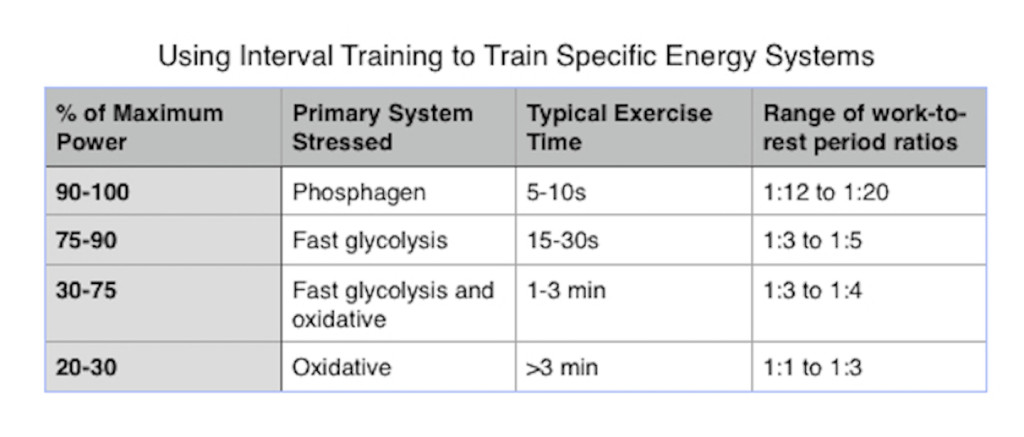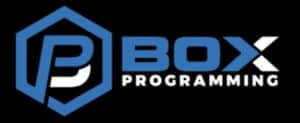Back when I started CrossFit in 2006, the program was new and exciting. Workouts were, more or less, built on pounding yourself into the ground on a daily basis, either for time or for score. Work to rest workouts were few and far between. Fast forward to present day and CrossFit has turned Energy Systems Training (EST) on its head. Work to rest pieces are becoming more common in the group setting, but many clients still object to such pieces without fully knowing the value of set rest periods. The question is, how can we build value in the work/rest ratios to educate our clients as to the “why” behind such training? Below, I’m going to talk about some basic energy system guidelines giving you information which can easily be shared with your clients – even if science isn’t your thing. This will not only help them to better understand their own training process, but it will also establish value in your programming.
Some Basic Energy Systems Classifications: “The Essentials of Strength Training and Conditioning”
This will give you a basic understanding of how each system breaks down in terms of power output, and how much rest is needed to fully recover between bouts of training. Utilizing the Phosphagen system in a group setting will be a challenge, but we certainly have the ability to program higher threshold work and have it fit into our 60-minute window of training. When you have a conditioning piece planned that comes with 3:00-4:00 of rest between intervals, knowing the above energy systems will help explain the science behind prescribing a rest interval (although in most cases, programmed rest will not allow for complete recovery due to time constraints). Most times, I find that those who complain about rest intervals being too long are simply not yet able to push themselves to a level where they will need longer rest-intervals after intense bouts of training. This is simply a representation of the broad array of muscle-fiber types our group classes contain, and the wide range of training ages, which is something that can be trained over time for the athlete to be capable of more efficiently utilizing anaerobic pathways.
On paper, programmed rest does not look as cool as workouts without to the untrained eye, but as we discussed with “non-sexy training“, we as coaches need to build the value in these types of training, especially with our anaerobic work. CrossFit prides itself on being “high-intensity,” but in reality, most workouts do not fit into this mold. For instance, a workout like “Isabel” (30 snatches for time), for an advanced athlete, tends to be only 60% anaerobic/40% aerobic (TTT, 2014). This is not to say that there isn’t a value in this type of conditioning; it becomes near impossible to sustain high outputs of power after 30s without having complete rest between sets. On the other hand, having your program revolve only around higher intensity work is a recipe for overtraining, and as a result, the other systems will make up the bulk of your training. In short, higher threshold work should occur on a limited basis in your week, separated by 48-72 hours to ensure for proper CNS recovery. When programming these types of pieces, think about including a rest interval that will allow for near-complete recovery. For example,
4 Rounds of:
10 Thrusters (95, 65)
10 Lateral Burpees
Rest 3-4:00.
These types of workouts, if done at near-maximal effort, will actually require more rest than prescribed. With this in mind, if you instruct your athletes to use “close to maximal output” they will likely be able to sustain themselves for the entire four rounds and have splits that don’t drop off too much (which is what our goal for this piece should be). Overall, we owe it to our athletes to program such conditioning pieces. Complaints of rest intervals being too long will slowly disappear when they see their body composition improving and conditioning times decreasing!
For more information, I highly recommend purchasing the online EST Course from Training Think Tank. The course comes with 4.5 hours of video content as well all the accompanying materials.
SaveSave
SaveSave




